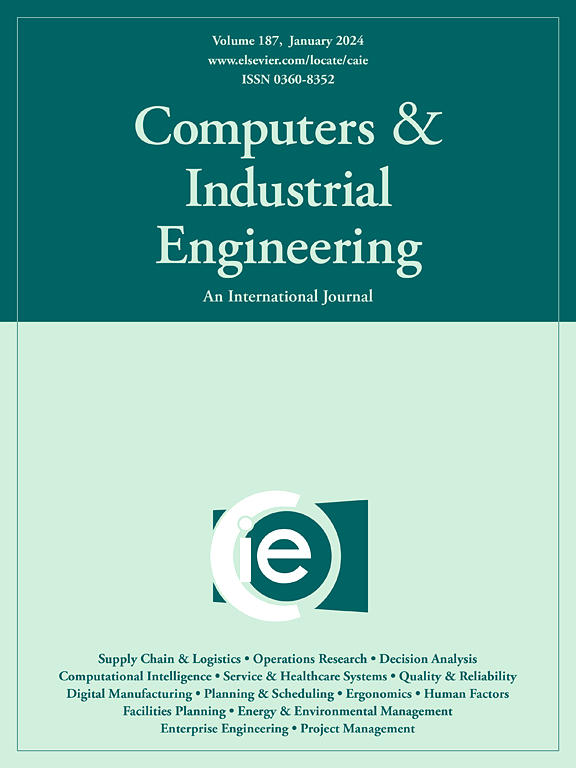交通计数定位问题的无路径建模方法
IF 6.7
1区 工程技术
Q1 COMPUTER SCIENCE, INTERDISCIPLINARY APPLICATIONS
引用次数: 0
摘要
有效的传感器位置通过提供实时交通信息来增强交通管理、规划和流量控制。考虑到这些信息的质量与传感器位置密切相关,本文旨在找到最小计数传感器数量的最优位置,以有效地监控所有始发至目的地(OD)行程。这个问题在文献中称为交通计数定位问题(Traffic Counting Location problem, TCLP)。针对这一问题,本文提出了一种无路径建模方法,以及一个搜索空间约简过程。该方法消除了显式跟踪所有OD对之间的路径以及排除不必要的路由观察的需要。这大大减少了TCLP解决方案的返回时间和内存使用,在众所周知的交通网络和随机生成的网络上进行了大量的计算实验。具体来说,文献中最好的现有方法仅对节点少于2000的网络有效。相比之下,本文提出的解决方案方法成功地解决了超过15,000个节点的网络,大大扩展了解决TCLP的精确方法的可扩展性。因此,本文通过引入一种高效的精确方法填补了TCLP文献中的重大空白,该方法可以快速生成中等规模网络的最优解,并首次提供了许多大型网络的TCLP最优解。这一进步有助于在智慧城市中发展智能交通系统,促进更好的交通管理,提高城市整体效率本文章由计算机程序翻译,如有差异,请以英文原文为准。
A path-free modelling approach for the traffic counting location problem
Efficient sensor placement enhances traffic management, planning, and flow control by providing real-time traffic information. Given that the quality of this information is closely linked to sensor locations, this paper aims to find the optimal location of minimum number of counting sensors to efficiently monitor all origin–destination () trips. This problem is known as the Traffic Counting Location Problem (TCLP) in the literature. For this problem, the paper presents a path-free modelling approach, along with a search space reduction procedure. The proposed approach removes the need to explicitly track paths between all pairs as well as excluding unnecessary route observations. This greatly reduces the solution return time and memory usage for the TCLP, showed in extensive computational experiments tested on well-known transportation networks and randomly generated networks. Specifically, the best existing method in the literature has demonstrated effectiveness only for networks with fewer than 2,000 nodes. In contrast, the proposed solution methodology in this paper successfully addresses networks exceeding 15,000 nodes, substantially extending the scalability of exact approaches in solving the TCLP. Hence, this paper fills a significant gap in the TCLP literature by introducing an efficient exact approach that rapidly generates optimal solutions for medium-scale networks, and provides, for the first time, an optimal solution of TCLP for many large-scale networks. This advancement contributes to the development of intelligent transportation systems in smart cities, facilitating better traffic management and improving overall urban efficiency
求助全文
通过发布文献求助,成功后即可免费获取论文全文。
去求助
来源期刊

Computers & Industrial Engineering
工程技术-工程:工业
CiteScore
12.70
自引率
12.70%
发文量
794
审稿时长
10.6 months
期刊介绍:
Computers & Industrial Engineering (CAIE) is dedicated to researchers, educators, and practitioners in industrial engineering and related fields. Pioneering the integration of computers in research, education, and practice, industrial engineering has evolved to make computers and electronic communication integral to its domain. CAIE publishes original contributions focusing on the development of novel computerized methodologies to address industrial engineering problems. It also highlights the applications of these methodologies to issues within the broader industrial engineering and associated communities. The journal actively encourages submissions that push the boundaries of fundamental theories and concepts in industrial engineering techniques.
 求助内容:
求助内容: 应助结果提醒方式:
应助结果提醒方式:


